Advertisement Terminology
5.0(1)
5.0(1)
New
Card Sorting
1/18
Earn XP
Description and Tags
For English A Language and Literature Paper 1
Study Analytics
Name | Mastery | Learn | Test | Matching | Spaced |
|---|
No study sessions yet.
19 Terms
1
New cards
Visual narrative
Advertisements usually feature a photograph, image, or drawing which tells a story. This is called a “visual narrative”.
2
New cards
Copy
The text or words in the advertisement.
3
New cards
Tagline
The catchphrase that leads the specific advertisement.
Should be memorable (may use literary/stylistic devices for this purpose).
Should be memorable (may use literary/stylistic devices for this purpose).
4
New cards
Signature
The product’s name and logo
5
New cards
Slogan
The phrase used for a product or brand for all its marketing purposes.
6
New cards
Advertising techniques
A method marketers use to attract attention to their advertisement (and thus their product)
7
New cards
Appeal to fear
Advertise through appealing to the audience’s sense of fear and common fears of the target audience.
If you can make people scared, they will believe or buy anything.
If you can make people scared, they will believe or buy anything.
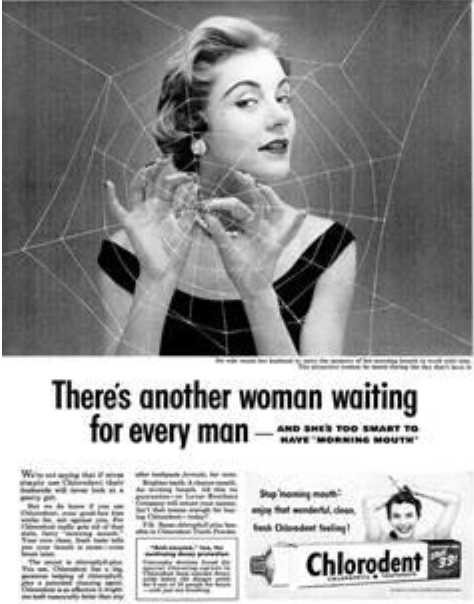
8
New cards
Bandwagon effect
Advertising technique that suggests one should do something because everyone else is doing it.
Used for many decades, for wartime propaganda or cosmetic ads.
Argumentation fallacy (popular does not equal good, smart or necessary)
The target audience want to experience what the consumers depicted in the advertisement experiences and connects this to buying their product.
Used for many decades, for wartime propaganda or cosmetic ads.
Argumentation fallacy (popular does not equal good, smart or necessary)
The target audience want to experience what the consumers depicted in the advertisement experiences and connects this to buying their product.
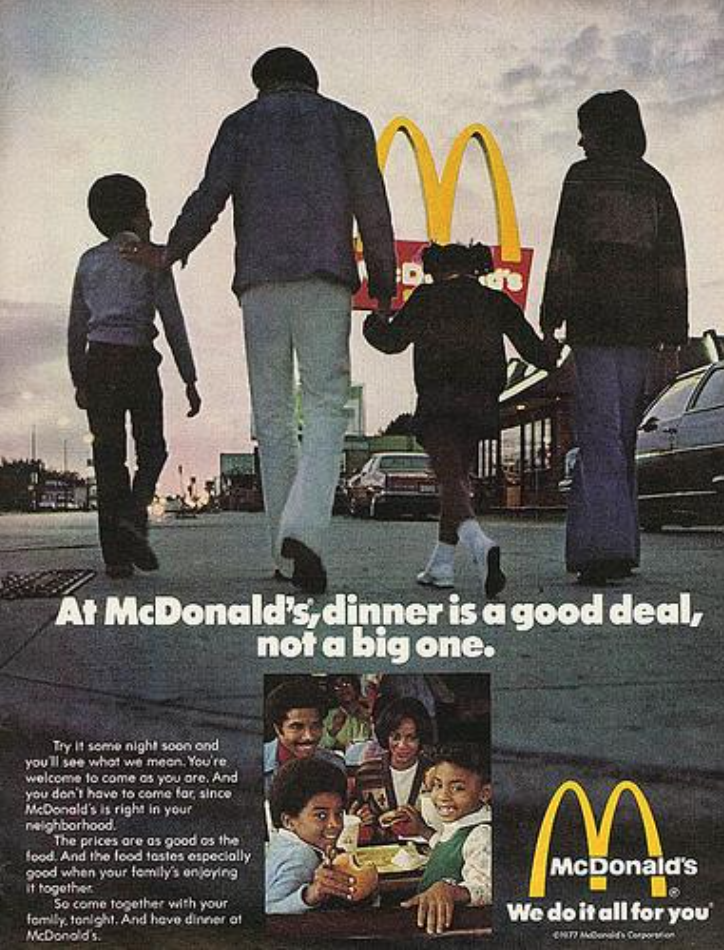
9
New cards
Shock advertising
A technique used to gain attention, as controversial advertisements often gain more (and free) publicity. Leads to brand awareness.
These advertisements often don’t even depict the product.
Focuses solely on creating a memorable impact on their audience, good or bad.
These advertisements often don’t even depict the product.
Focuses solely on creating a memorable impact on their audience, good or bad.

10
New cards
Conflict in advertising
Technique of including a conflict situation in an advertisement to help sell a product or idea.
Relies on the audience’s interest in seeing the conflict resolved.
Can be a form of shock advertising if the conflict is controversial enough.
May include unanswered questions regarding the depicted conflict that leads the consumers to searching for the company.
Relies on the audience’s interest in seeing the conflict resolved.
Can be a form of shock advertising if the conflict is controversial enough.
May include unanswered questions regarding the depicted conflict that leads the consumers to searching for the company.

11
New cards
Testimonial
Technique where a celebrity recommends a product and speak of their personal experiences with it.
Appeals to the audience’s sense of ethos → they trust the celebrity. When they approve of a product, they are believed.
The audience may even identify with the spokesperson through similar backgrounds, etc. Therefore the celebrity is picked from the same demographic as the target audience.
Appeals to the audience’s sense of ethos → they trust the celebrity. When they approve of a product, they are believed.
The audience may even identify with the spokesperson through similar backgrounds, etc. Therefore the celebrity is picked from the same demographic as the target audience.
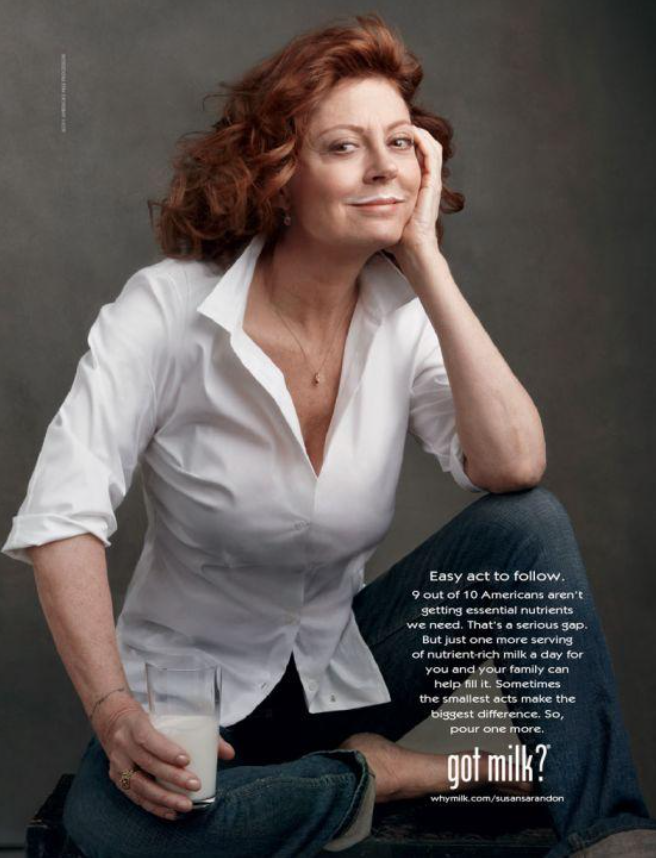
12
New cards
Problem/solution technique
The advertisement aims at convincing the audience that they have a problem in order to sell them the solution (their product).
A persuasive technique.
If the audience identifies with (parts of) the problem, they can be persuaded to buy into the solution.
A persuasive technique.
If the audience identifies with (parts of) the problem, they can be persuaded to buy into the solution.
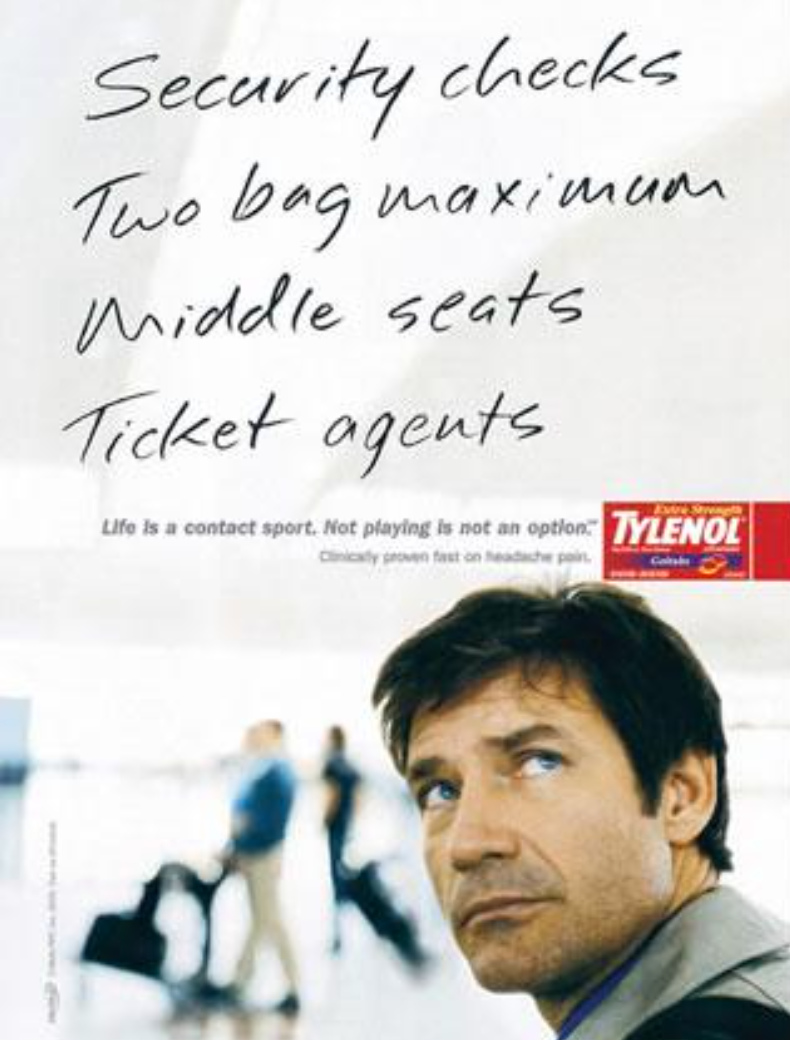
13
New cards
Anti-advertising
A technique which makes the audience aware of the conventions of advertising.
Seems to affirm the audience’s intelligence by awarding them for seeing through advertising tricks.
Breaks the rules of advertising and thus advertises even more efficiently
Seems to affirm the audience’s intelligence by awarding them for seeing through advertising tricks.
Breaks the rules of advertising and thus advertises even more efficiently
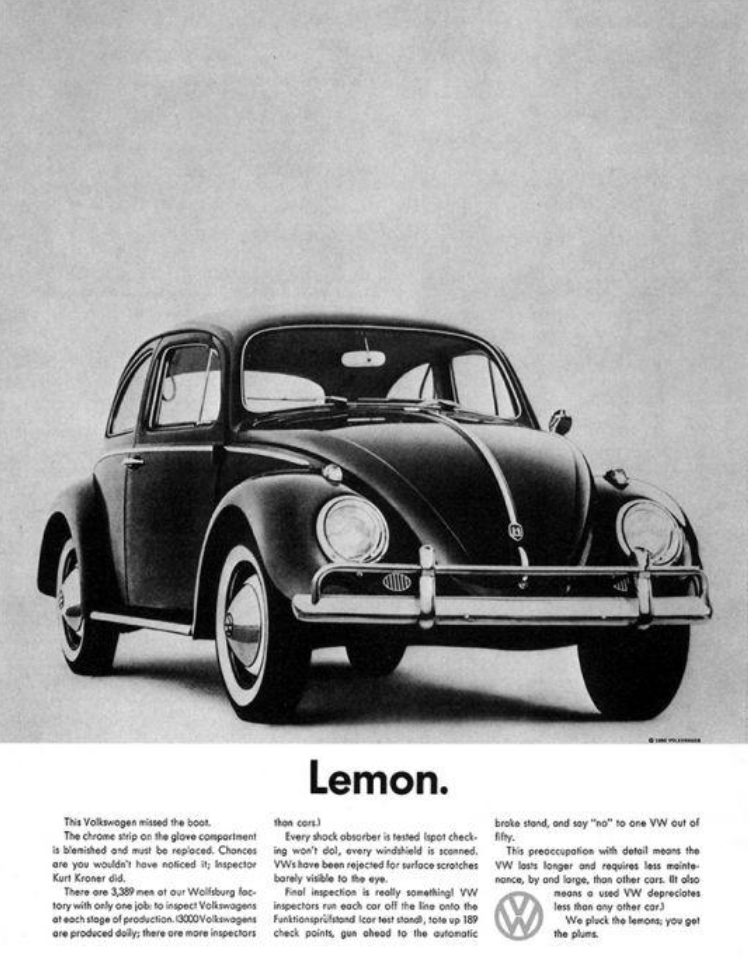
14
New cards
Advertorial
Advertisement that has the appearance of a news article or editorial (to increase ethos)
15
New cards
Target audience
The intended market and consumer for an advertisement, usually defined in terms of specific demographics (e.g. age and gender) and psychographics (e.g. interests and behaviors).
16
New cards
Targeting
The action of defining and delivering an advertisement to a pre-selected audience based on various attributes such as location, demographics, web browsing behaviors, preferences, etc.
17
New cards
Banner advert
Embedding a static, video or interactive advertisement into a web page, often above or beside the webpage’s content.
Common form of online advertising.
Common form of online advertising.
18
New cards
Bleed
When the image or artwork of an advertisements extends beyond the normal margins of a printed page.
19
New cards
Layout
The way the different elements of the advertisement are placed.
Can be traditional, creative, etc.
Can be traditional, creative, etc.